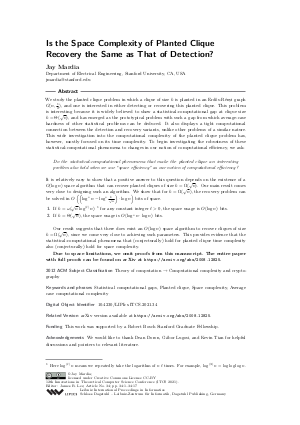LIPIcs.ITCS.2021.34.pdf
- Filesize: 0.64 MB
- 17 pages

 Creative Commons Attribution 3.0 Unported license
Creative Commons Attribution 3.0 Unported license






































Feedback for Dagstuhl Publishing